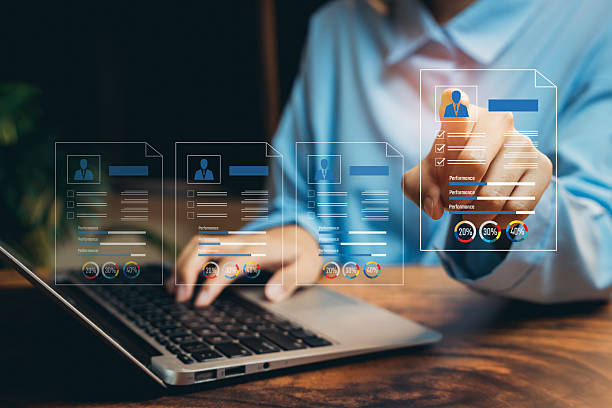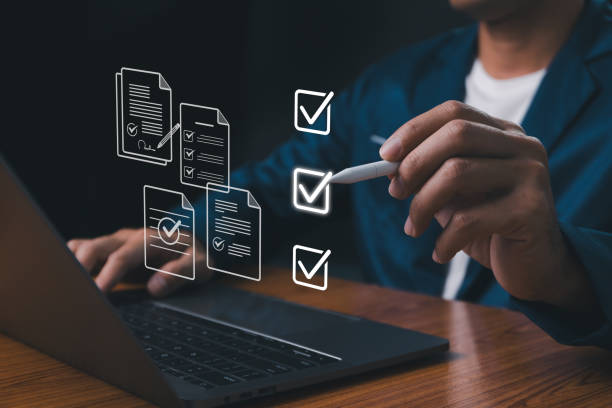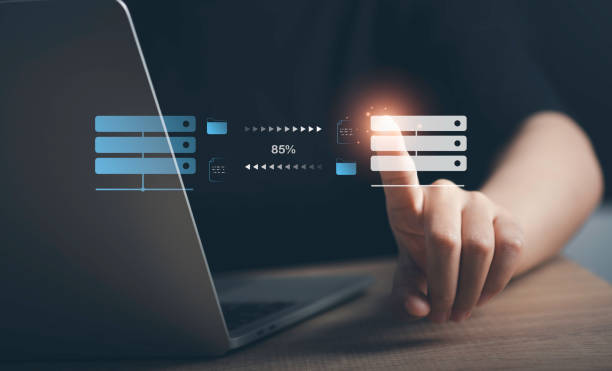Introduction to the Importance of On-page SEO and its Place in Website Optimization
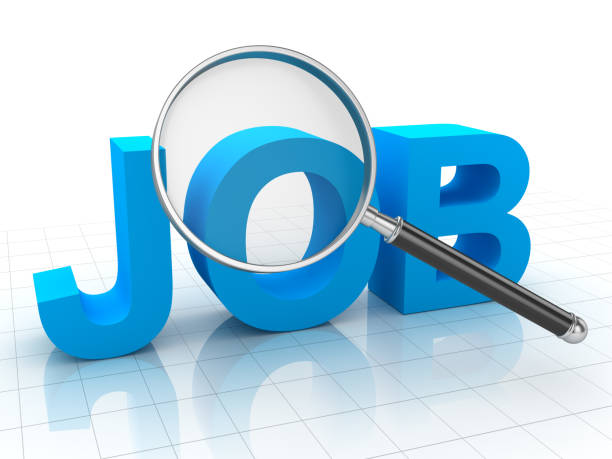
On-page SEO, or in-page optimization, is one of the most fundamental pillars of success in the competitive world of search engines.
While off-page SEO focuses on external site factors such as backlinks, on-page SEO refers to all optimizations performed within your own website to improve its ranking in search results.
This includes content optimization, site structure, HTML codes, and user experience.
The importance of this part of SEO lies in the fact that you have full control over it, and by implementing it correctly, you can build a strong foundation for your overall SEO strategy.
An educational and meticulous approach in this area is vital for every webmaster.
This process goes beyond merely incorporating keywords; rather, it involves understanding how search engines interact with your content and providing the best possible user experience.
#OnPageSEO #OnPageOptimization #SiteRanking #SearchEngine
Do you not yet have a corporate website and are losing online opportunities? With professional corporate website design by Rasawab,
✅ Double your business’s credibility
✅ Attract new customers
⚡ Free consultation for your corporate website!
Keyword Research: The Core of On-page SEO

Keyword research is the cornerstone of any successful on-page SEO strategy.
Without a proper understanding of the words users employ to search for your content, all your optimization efforts may be fruitless.
This process involves identifying keywords and phrases that have the greatest potential to attract relevant traffic to your website.
The goal is not merely to find high-volume keywords, but to seek out keywords that align with your users’ Search Intent.
Using tools like Ubersuggest, Google Keyword Planner, or Ahrefs can be very helpful in this regard.
Choosing appropriate keywords allows you to optimize your content in a way that search engines recognize it as relevant.
The #analytical part of this process involves competitor analysis and identifying content gaps that you can leverage to create superior content.
#KeywordResearch #SearchIntent #SEOStrategy #Keywords
The Importance of Optimizing On-Page Elements for On-page SEO
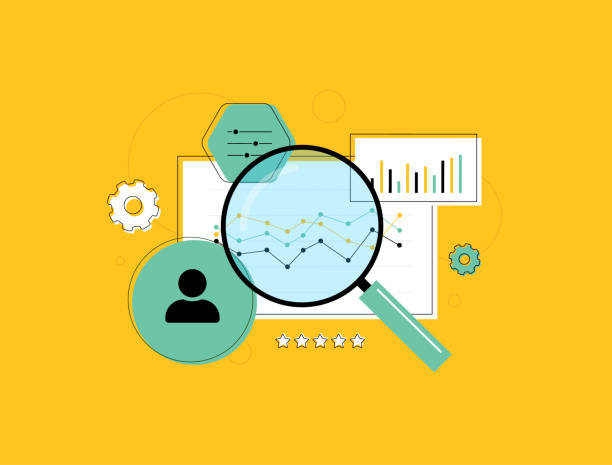
Optimizing On-Page elements forms the heart of on-page SEO.
These elements include items such as Title Tag, Meta Description, Heading Tags (H1-H6), URL, and the main page content.
The title tag is one of the most important factors that tells search engines and users what your page is about; it should include the main keyword and be engaging.
Meta descriptions, although not directly affecting ranking, can increase the click-through rate (CTR).
Heading tags help organize content and improve readability.
A #descriptive and comprehensive content in this area can help users and search engines better understand the structure and topic of the page.
Optimizing URLs, by being short and descriptive, can also help improve user experience and SEO.
In the table below, the most important On-Page elements and their function in on-page SEO are listed:
| On-Page Element | Description | Importance for SEO |
|---|---|---|
| Title Tag | Page title in search results and browser | Very Important: First point of contact with user and search engine |
| Meta Description | Short summary of page content | Indirect: Affects Click-Through Rate (CTR) |
| Heading Tags (H1-H6) | Titles and subtitles of content | Important: Structuring content and improving readability |
| URL | Page address | Medium: Should be short, readable, and include keywords |
| Image Alt Text | Text description for images | Important: For accessibility and search engine understanding of image content |
The more optimized these elements are, the higher your chances of achieving better rankings in search results.
#OnPageElements #TitleTag #MetaDescription #URLOptimization
Producing High-Quality and Comprehensive Content in On-page SEO

Content is king, and this statement holds special importance in the realm of on-page SEO.
Producing high-quality, #specialized and comprehensive content that fully addresses user needs is one of your most powerful tools for attracting and retaining an audience.
Your content should not only provide accurate and reliable information but also be engaging enough to encourage users to read and interact more.
This can include #educational articles, comprehensive guides, #analytical reviews, or even #entertaining content that answers users’ questions.
Using keywords naturally and without overstuffing (Keyword Stuffing) is essential.
Long and in-depth content, often referred to as “Pillar Content,” typically performs better in rankings because it demonstrates comprehensiveness on the topic.
Optimizing content for on-page SEO means creating real value for the reader; value that makes the user spend more time on your site and even share it.
#QualityContent #ComprehensiveContent #PillarContent #UserValue
Research shows that 80% of customers trust companies with a professional website more. Does your current site inspire this trust?
With Rasawab’s corporate website design services, solve the problem of customer distrust and weak online presence forever!
✅ Create a professional image and increase customer trust
✅ Attract more sales leads and grow your business
⚡ Get free consultation
Internal Linking Strategy and its Role in On-page SEO
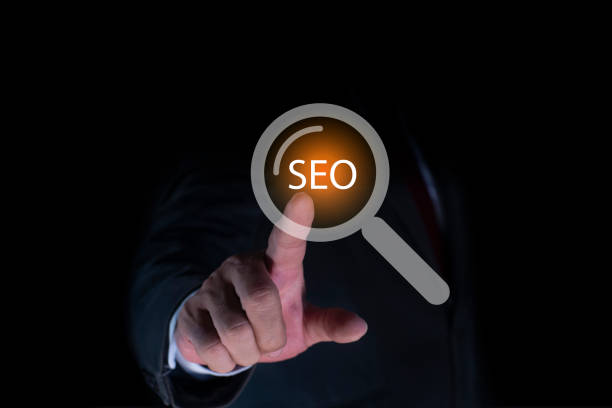
Internal linking is one of the often-overlooked yet crucial aspects of on-page SEO.
Internal links help search engines understand your site’s structure, recognize the relationship between different pages, and distribute authority (Page Authority) throughout your site.
The stronger your internal linking structure, the easier it will be for search engines to crawl and #index your pages.
Using Anchor Texts that are relevant and descriptive for internal links is very important.
This not only sends strong signals to search engines but also improves the user’s navigation experience.
A #guiding strategy in this area is to ensure that all your important pages receive at least one internal link from another authoritative page.
Linking from high-authority pages to new pages or pages you want to improve their ranking can help transfer “Link Juice” and strengthen them.
#InternalLinking #AnchorText #SiteStructure #PageAuthority
Technical Aspects of On-page SEO for an Optimized Website
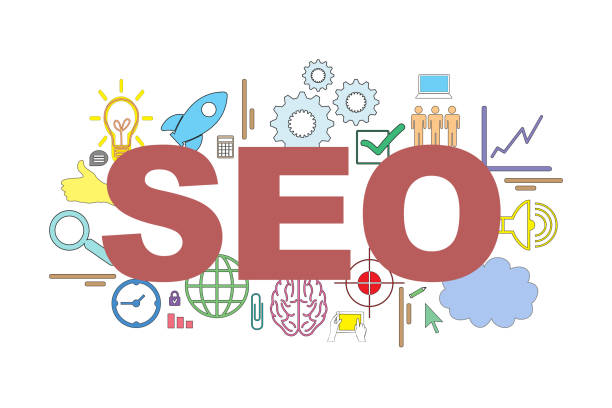
On-page SEO is not limited to content and keywords; technical aspects also play a significant role in your site’s crawlability and indexability by search engines.
This section includes items such as XML Sitemap, Robots.txt file, URL structure, Structured Data (Schema Markup), Page Speed, and Mobile-friendliness.
An XML Sitemap helps search engines find and index all important pages of your site, while Robots.txt tells them which sections not to crawl.
#News_content regarding Google algorithm updates often emphasizes the importance of these technical aspects.
Page load speed is an important ranking factor and directly impacts user experience.
Using tools like Google PageSpeed Insights is essential for identifying and resolving technical issues.
This part of internal optimization requires a #specialized approach to ensure your website is fully optimized for search engines technically.
#TechnicalSEO #XMLSitemap #Robotstxt #SiteSpeed #MobileFirst
User Experience (UX) and its Connection to On-page SEO
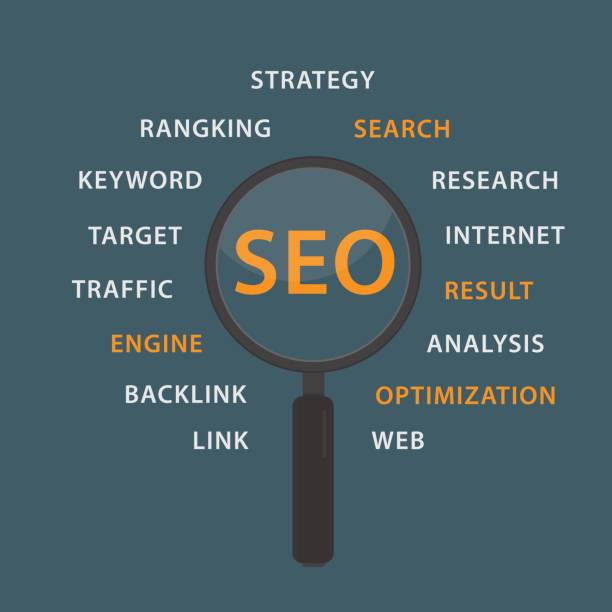
User Experience (UX) plays an undeniable role in the success of on-page SEO.
Google increasingly emphasizes UX factors for ranking websites, simply because the main goal of search engines is to provide the best possible experience to users.
Factors such as Bounce Rate, Dwell Time, and Click-Through Rate (CTR) all indicate the quality of the user experience.
A website with easy navigation, attractive visual design, and readable and useful content encourages users to stay and explore more.
Using Core Web Vitals as a metric for assessing UX quality helps designers and developers improve website performance.
Providing #thought-provoking content that makes users think and invites them to interact can help improve these metrics.
The table below shows some of the most important UX factors and their impact on on-page SEO:
| UX Factor | Description | Impact on On-page SEO |
|---|---|---|
| Page Load Speed | Time required for full content display | Direct: Important ranking factor, reduces bounce rate |
| Responsiveness (Mobile-friendliness) | Correct display of website on various devices | Direct: Essential for mobile-first ranking |
| Easy Navigation | Ease of finding information on the site | Indirect: Increases dwell time, reduces bounce rate |
| Content Readability | Ease of reading and understanding text | Indirect: Increases user satisfaction, improves engagement |
| Attractive Visual Design | Aesthetics and visual consistency of the site | Indirect: Impacts user perception and overall experience |
Paying attention to these factors not only helps improve on-page SEO but also leads to the creation of a loyal user base.
#UserExperience #UX #CoreWebCitals #BounceRate
Monitoring and Analyzing On-page SEO Performance
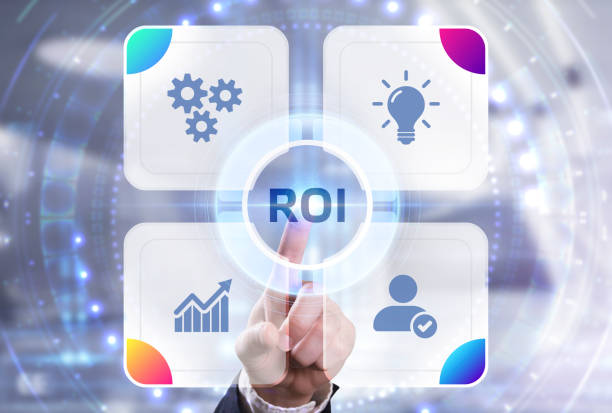
After implementing on-page SEO strategies, the crucial next step is continuous performance monitoring and analysis.
Without data, you will not be able to evaluate the effectiveness of your efforts and identify areas for improvement.
Tools like Google Search Console and Google Analytics are essential for this purpose.
Search Console provides you with information on how your site appears in search results, crawling and indexing issues, and the keywords users employ to find you.
Google Analytics provides comprehensive data on user behavior on your site, such as pages visited, dwell time, and bounce rate.
This data can help you create #analytical_content and identify patterns.
Monitoring keyword rankings, organic traffic, and conversion rates allows you to continuously optimize your #on-page_SEO_strategy.
This is an iterative process that requires regular attention and review to ensure your website always performs at its peak.
#SEOAnalysis #GoogleAnalytics #SearchConsole #SEOMonitoring
Tired of your company’s website not getting the visibility it deserves and losing potential customers? Solve this problem forever with professional and effective website design by Rasawab!
✅ Increase brand credibility and earn customer trust
✅ Attract targeted sales leads
⚡ Contact us now for a free consultation!
Common Mistakes in On-page SEO and How to Avoid Them

In implementing on-page SEO, there are some common mistakes that can render your efforts ineffective.
One of the most common is Keyword Stuffing, or over-filling content with keywords, which not only degrades user experience but also gets penalized by search engines.
Duplicate Content is also a major problem that can confuse search engines and lower rankings.
Lack of image optimization (ignoring Alt Text and compression) and slow page load speed are other common technical mistakes.
Broken Links and poor URL structure can also harm user experience and site crawling.
An #educational and #guiding approach to prevent these errors is to be aware of best practices and use SEO Audit Tools.
Regular content updates and monitoring Google algorithm changes are also crucial for maintaining your site’s ranking.
This part of internal optimization requires precision and follow-up.
#SEO_Mistakes #DuplicateContent #BrokenLinks #ImageOptimization
The Future of On-page SEO: Artificial Intelligence and User Experience

The future of on-page SEO is strongly tied to advancements in Artificial Intelligence (AI) and the increasing importance of User Experience.
Search engines, using AI such as Google’s BERT and MUM algorithms, are capable of understanding user search intent with greater accuracy and providing more relevant content.
This means that keywords alone are no longer sufficient; instead, you must create content that genuinely answers users’ questions and addresses their needs.
Thought-provoking content and interactive content that encourages users to stay on the page and explore further will become even more important.
Optimizing for Voice Search and Structured Data (Schema Markup) will also play a more prominent role, as AI uses this information to better understand content.
On-page SEO in the future will shift more towards optimizing for the “user” (User-first) rather than merely for the “algorithm.”
This includes providing a seamless experience across all devices and new content formats.
As #news_content, it can be said that rapid developments in AI will revolutionize our approach to website optimization.
#FutureSEO #ArtificialIntelligence #VoiceSearch #SchemaMarkup
Frequently Asked Questions
| Question | Answer |
|---|---|
| What is On-page SEO? | On-page SEO refers to a set of actions performed within the website and on page content to achieve a better ranking in search results. |
| Why is On-page SEO important for a website? | On-page SEO helps search engines better understand your page content and assess its importance. It also provides a better user experience for visitors. |
| What are the most important On-page SEO factors? | The most important factors include keyword optimization, content quality, Title Tag, Meta Description, URL structure, Heading Tags (H1-H6), internal linking, and image optimization. |
| What role does the Title Tag play in On-page SEO? | The Title Tag is one of the most important on-page SEO factors, displaying your page’s title in search results and the browser tab. It should include the main keyword and be engaging. |
| What is the importance of Meta Description in On-page SEO? | The Meta Description provides a summary of the page content, and although it does not directly affect ranking, it can increase the Click-Through Rate (CTR) by encouraging users to click. |
| How are keywords used in On-page SEO? | Keywords are phrases that users employ to search for information in search engines. Proper and natural use of them in content helps the search engine determine the page’s topic. |
| What is internal linking and what is its benefit in On-page SEO? | Internal linking refers to creating links between different pages of a website. This helps distribute page authority, assists search engine robots in crawling, and improves user experience. |
| How does image optimization affect On-page SEO? | Image optimization includes compressing file size, using appropriate Alt Text, and proper file naming. This improves page load speed and helps search engines understand the image content. |
| What does high-quality content mean in On-page SEO? | High-quality content means content that is comprehensive, accurate, unique, up-to-date, and user-friendly, and meets users’ needs. |
| What role does URL structure play in On-page SEO? | Readable, short, and keyword-inclusive URLs help search engines and users better understand page content and improve user experience. |
And other services of Rasawab Advertising Agency in the field of advertising
Smart Conversion Rate Optimization: A creative platform for improving campaign management with Google Ads management.
Smart Conversion Rate Optimization: A dedicated service for growing campaign management based on user experience customization.
Smart Digital Branding: An effective tool to increase website traffic using real data.
Smart Conversion Rate Optimization: A combination of creativity and technology to increase sales by using real data.
Smart Data Analysis: An effective tool for customer acquisition through marketing automation.
And over hundreds of other services in the field of internet advertising, advertising consultation, and organizational solutions
Internet Advertising | Advertising Strategy | Advertorial
Resources
Complete SEO Tutorial on Aparat
What is SEO? – Mizbanfa
What is SEO? – Sib
SEO Training – Negaran Digital
📍 Rasawab Afarin Digital Marketing Agency is your companion and guide on the challenging path of the digital world. By offering services such as modern UI website design, professional SEO, and specialized content creation, we elevate your business and establish a powerful online presence for you.
📍 Tehran, Mirdamad Street, next to Bank Markazi, Southern Kazeroon Alley, Ramin Alley, No. 6

